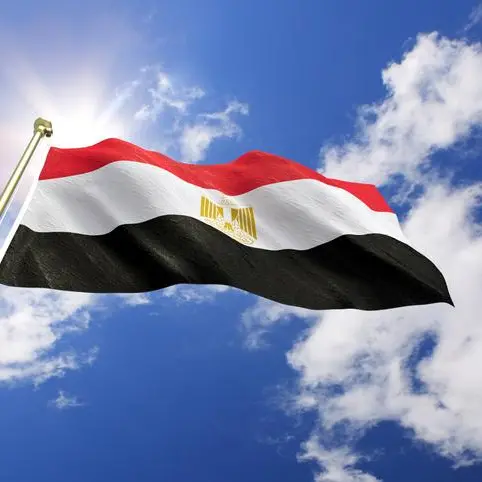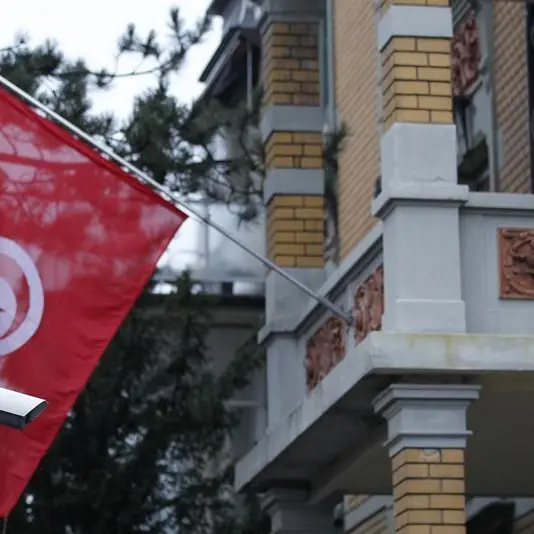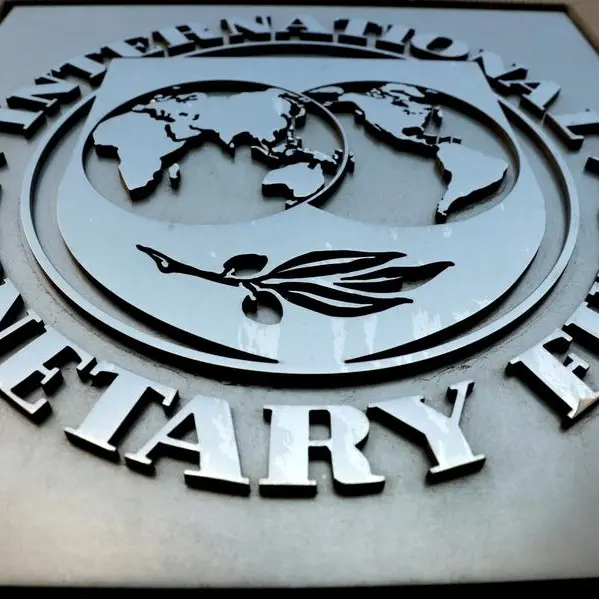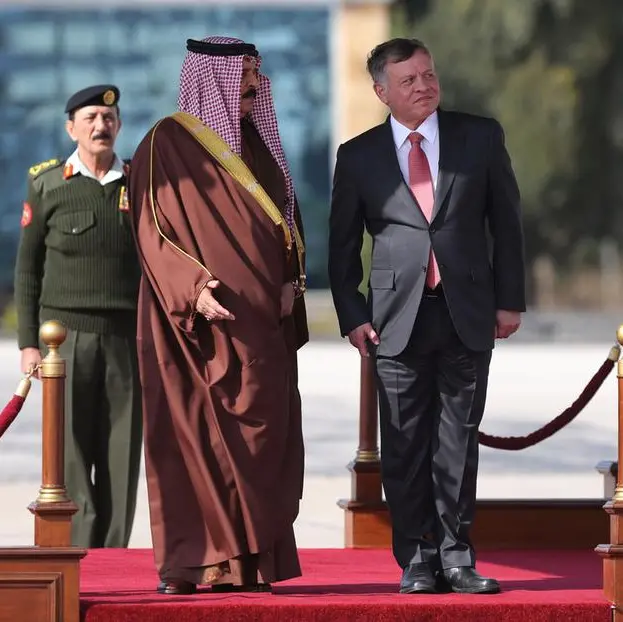08 February 2016
JEDDAH: The collapse in oil prices has been a focal point for the global economy, leading to an oversupply theme that coincided with waning demand, expected to stretch into 2016.
The Saudi economy is still heavily reliant on oil as its main revenue source. However, the government is trying to change this growth model through economic diversification strategies, according to Saudi Economic Review released by the National Commercial Bank (NCB).
The Saudi government is improving its spending efficiency, adapting to oil price changes and expanding non-oil revenues as a part of its fiscal consolidation strategy. The government is in the process of implementing long-term economic plans by the year of 2025, and have presented measures to promote trade, and attract more foreign direct investment to support economic growth.
During November, the NCB report said non-oil trade continued a declining trend on exports as well as imports, falling in comparison to the same period last year. In value terms, non-oil exports reached SR15 billion compared to SR17.2 billion 12 months ago, sliding by 12.5 percent Y/Y. In contrast, imports slid 14.4 percent on a Y/Y basis after posting a total of SR47.2 billion. In weight terms, total non-oil exports during the month weighed 4.3 million tons, rising up by 9.9 percent Y/Y, whereas imports weighed 5 million tons, deteriorating by almost 24.5 percent compared to last year.
By composition, plastics accounted for 30.7 percent of November's non-oil exports, valued at SR4.6 billion, followed by petrochemicals representing 29.4 percent at SR4.4 billion. Moreover, in comparison with last year's performance, exports of plastics fell by 18.3 percent, while exports of petrochemicals faced a decline by 15.2 percent. Exports of base metals which account for 8.1 percent of total non-oil exports at SR1.2 billion recognized a 10.5 percent Y/Y drop.
The leading export destination during November were the UAE, China and Singapore each respectively accounting for 14.3 percent, 9.4 percent and 4.9 percent. Conversely to the rest of export destinations, nonoil exports to the UAE amounted to SR2.1 billion, edging up by 0.5 percent Y/Y.
On the other hand, exports to China fell 25.7 percent Y/Y after posting SR1.4 billion. Exports to Singapore recorded SR0.74 billion, dropping of the last year's figure by 21 percent Y/Y.
On the imports side, machinery and electrical equipment held for the largest share at 27.8 percent, with a total value SR13.1 billion, compared to the same period last year, imports of machinery and equipment descend by 16.2 percent.
According to NCB's construction contracts fourth quarter 2015 index, a significant decrease in awarded contracts value occurred specially in November and December. Thus, less imports of machinery and equipment decreased since the construction activities are weak. In contrast, imports of transport equipment which represent 21.2 percent of total imports marked a slight decay at SR10 billion, declined by 1.9 percent.
Furthermore, imports of base metals plummeted for the second month in row by 25.9 percent Y/Y, posting SR4.1 billion. The main countries of source were the United States, China and Germany, each accounting respectively for 15.2 percent, 14.4 percent and 17.4 percent. Imports from the US were valued at SR6.8 billion, declined by 6.2 percent Y/Y. Imports from China also recede by 19.1 percent Y/Y at SR6.1 billion. In comparison, Germany's imports gain a little momentum by 2 percent Y/Y at SR3.5 billion.
Additionally, letters of credit settled and bills received in November acknowledge a slight decrease of 0.7 percent Y/Y, posting SR18.9 billion. The negative annual growth is an indicator of a slower business cycle and tighter liquidity.
JEDDAH: The collapse in oil prices has been a focal point for the global economy, leading to an oversupply theme that coincided with waning demand, expected to stretch into 2016.
The Saudi economy is still heavily reliant on oil as its main revenue source. However, the government is trying to change this growth model through economic diversification strategies, according to Saudi Economic Review released by the National Commercial Bank (NCB).
The Saudi government is improving its spending efficiency, adapting to oil price changes and expanding non-oil revenues as a part of its fiscal consolidation strategy. The government is in the process of implementing long-term economic plans by the year of 2025, and have presented measures to promote trade, and attract more foreign direct investment to support economic growth.
During November, the NCB report said non-oil trade continued a declining trend on exports as well as imports, falling in comparison to the same period last year. In value terms, non-oil exports reached SR15 billion compared to SR17.2 billion 12 months ago, sliding by 12.5 percent Y/Y. In contrast, imports slid 14.4 percent on a Y/Y basis after posting a total of SR47.2 billion. In weight terms, total non-oil exports during the month weighed 4.3 million tons, rising up by 9.9 percent Y/Y, whereas imports weighed 5 million tons, deteriorating by almost 24.5 percent compared to last year.
By composition, plastics accounted for 30.7 percent of November's non-oil exports, valued at SR4.6 billion, followed by petrochemicals representing 29.4 percent at SR4.4 billion. Moreover, in comparison with last year's performance, exports of plastics fell by 18.3 percent, while exports of petrochemicals faced a decline by 15.2 percent. Exports of base metals which account for 8.1 percent of total non-oil exports at SR1.2 billion recognized a 10.5 percent Y/Y drop.
The leading export destination during November were the UAE, China and Singapore each respectively accounting for 14.3 percent, 9.4 percent and 4.9 percent. Conversely to the rest of export destinations, nonoil exports to the UAE amounted to SR2.1 billion, edging up by 0.5 percent Y/Y.
On the other hand, exports to China fell 25.7 percent Y/Y after posting SR1.4 billion. Exports to Singapore recorded SR0.74 billion, dropping of the last year's figure by 21 percent Y/Y.
On the imports side, machinery and electrical equipment held for the largest share at 27.8 percent, with a total value SR13.1 billion, compared to the same period last year, imports of machinery and equipment descend by 16.2 percent.
According to NCB's construction contracts fourth quarter 2015 index, a significant decrease in awarded contracts value occurred specially in November and December. Thus, less imports of machinery and equipment decreased since the construction activities are weak. In contrast, imports of transport equipment which represent 21.2 percent of total imports marked a slight decay at SR10 billion, declined by 1.9 percent.
Furthermore, imports of base metals plummeted for the second month in row by 25.9 percent Y/Y, posting SR4.1 billion. The main countries of source were the United States, China and Germany, each accounting respectively for 15.2 percent, 14.4 percent and 17.4 percent. Imports from the US were valued at SR6.8 billion, declined by 6.2 percent Y/Y. Imports from China also recede by 19.1 percent Y/Y at SR6.1 billion. In comparison, Germany's imports gain a little momentum by 2 percent Y/Y at SR3.5 billion.
Additionally, letters of credit settled and bills received in November acknowledge a slight decrease of 0.7 percent Y/Y, posting SR18.9 billion. The negative annual growth is an indicator of a slower business cycle and tighter liquidity.
© Arab News 2016











